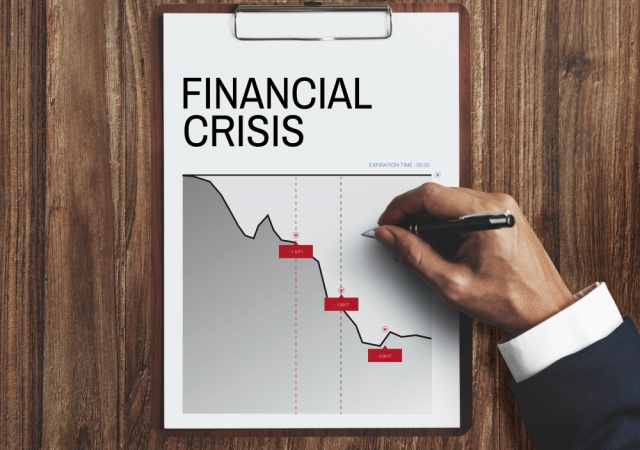The Panic of 1907 was a financial crisis that shook the United States and revealed deep flaws in the banking system of the time. Triggered by failed speculation and fueled by a lack of regulation, the crisis led to widespread bank runs, collapsing trust companies, and a sharp decline in stock prices. It is often remembered for the turmoil it caused and for the reforms it inspired.
For modern readers, understanding events like the Panic of 1907 provides useful context for financial literacy and investing, whether learned through historical research or structured resources such as online trading courses. To grasp its significance, it is essential to examine the conditions that created the panic, how it unfolded, and what followed in its wake.
Background to the Panic
In the early 1900s, the United States was experiencing rapid industrial growth. Railroads, steel, and manufacturing expanded at unprecedented rates, fueling optimism about the economy. However, the financial system lagged behind this growth. The country had no central bank, and oversight of financial institutions was limited.
Much of the public's money was placed in trust companies, which operated with less regulation than banks but held significant influence over credit and investments. While this environment allowed for quick profits and expansion, it also left the economy vulnerable. A lack of coordinated oversight meant that when problems emerged, there was no central authority to manage them, creating conditions where panic could spread quickly.
Causes of the Panic
The immediate cause of the crisis can be traced to speculative attempts to corner the copper market. When this effort failed, it sparked fears about the solvency of financial institutions connected to the scheme. Trust companies, which had invested heavily in speculative ventures, became the focus of public distrust.
Depositors, worried about losing their savings, began withdrawing funds in large numbers. At the same time, the broader market was already strained by tight credit conditions and slowing growth. The combination of failed speculation, risky lending, and limited public confidence created a perfect storm. As word spread, even healthy institutions came under suspicion, leading to further instability.
How the Panic Unfolded
The crisis quickly escalated into widespread bank runs. Depositors lined up to withdraw their money, fearing that their institutions would collapse. The Knickerbocker Trust Company, one of the largest in New York, failed after it could not meet withdrawal demands, and its downfall intensified the panic.
As confidence evaporated, stock prices plummeted on the New York Stock Exchange, further eroding stability. Panic selling by investors spread beyond New York and impacted financial centers across the country.
With no central bank to intervene, the crisis deepened, threatening both businesses and individuals. The speed at which fear traveled showed how fragile the financial system had become and highlighted the urgent need for reform.
J.P. Morgan's Intervention
In the absence of a central banking authority, the responsibility for stabilizing the financial system fell to private financiers. J.P. Morgan, one of the most powerful bankers of the era, emerged as the key figure in addressing the crisis.
Morgan gathered leading bankers and trust company executives to organize emergency funding for struggling institutions. He arranged loans to keep solvent banks afloat and coordinated efforts to stabilize the New York Stock Exchange.
By persuading wealthy individuals and financial firms to inject capital, Morgan temporarily restored public confidence. His intervention prevented a complete collapse of the financial system, but it also demonstrated the dangers of relying on one individual to rescue the nation's economy during a crisis.
Aftermath and Long-Term Impact
Although immediate panic was contained, the events of 1907 left lasting scars. Many ordinary Americans lost savings, and businesses faced difficulty securing credit. More importantly, policymakers recognized that the lack of a central banking system had worsened the crisis.
In response, Congress created the National Monetary Commission to study the problem and recommend solutions. The findings emphasized the need for a central authority to regulate currency, provide liquidity in emergencies, and strengthen public trust in the financial system. These discussions laid the groundwork for the Federal Reserve Act, passed in 1913, which established the Federal Reserve System as the central bank of the United States.
Why the Panic Still Matters
The Panic of 1907 was more than a short-term financial shock. It revealed the dangers of speculative investments, weak oversight of trust companies, and the absence of a central authority to respond during emergencies. J.P. Morgan's intervention may have stopped the immediate collapse, but the crisis showed the risks of relying on private individuals to stabilize national markets.
Its legacy is the Federal Reserve, an institution designed to provide stability and prevent similar episodes from spiraling out of control. Understanding the Panic of 1907 is valuable today because it highlights how financial crises shape reforms and why strong systems are essential for maintaining economic confidence.






